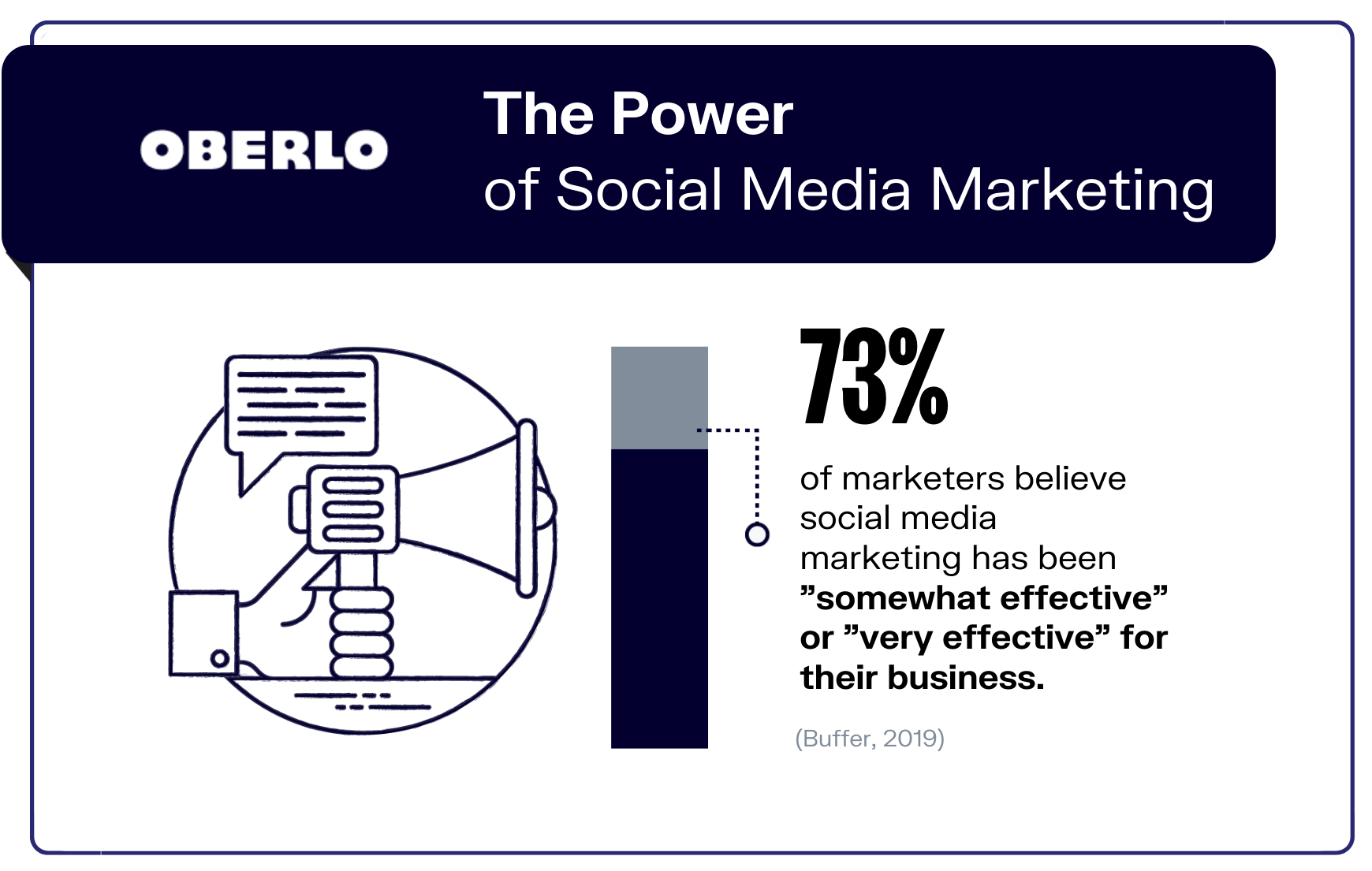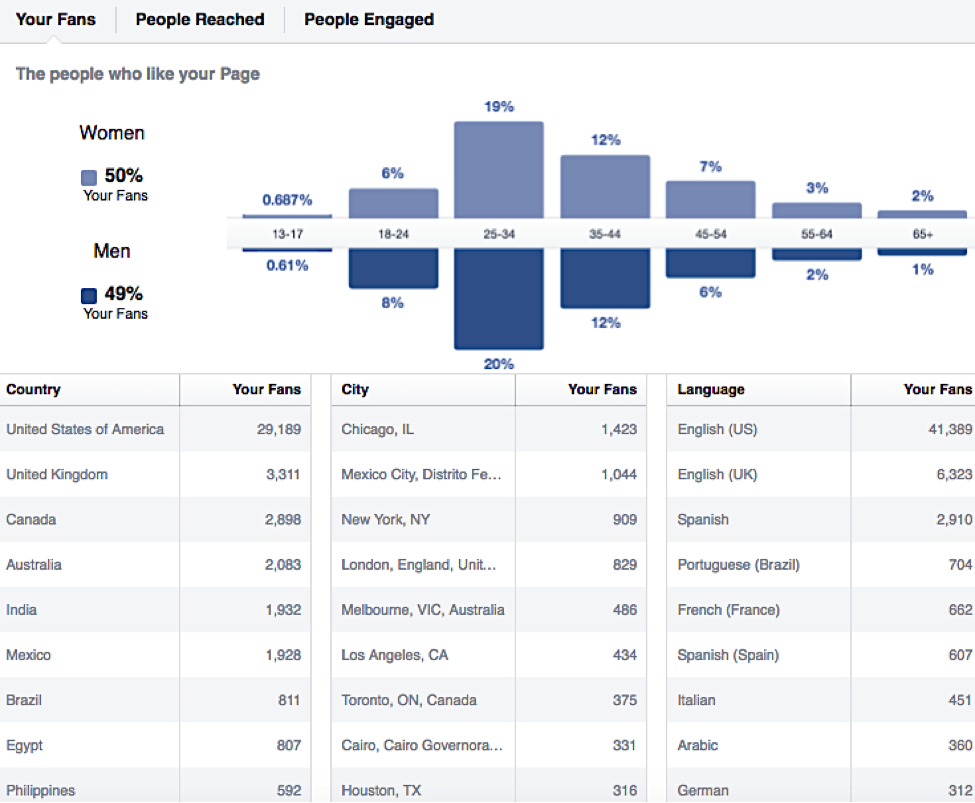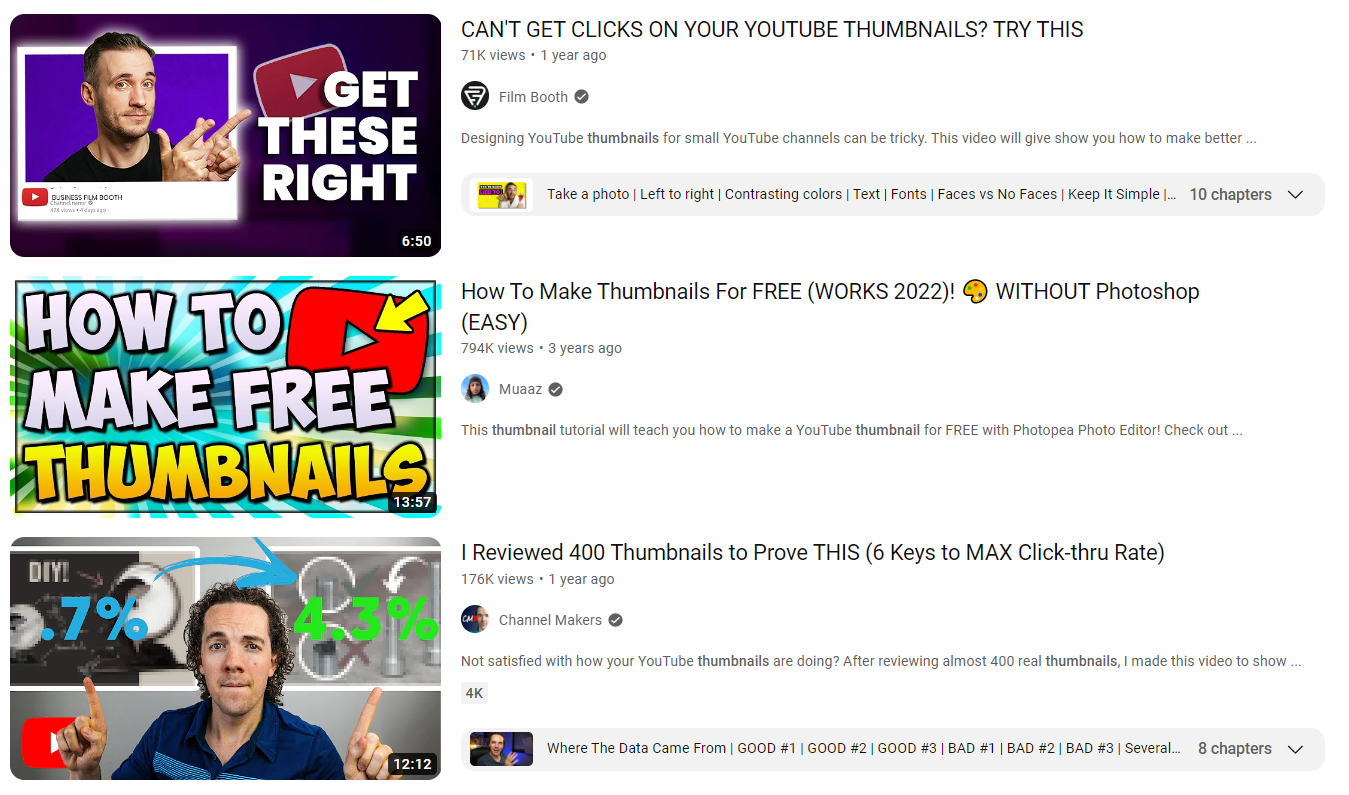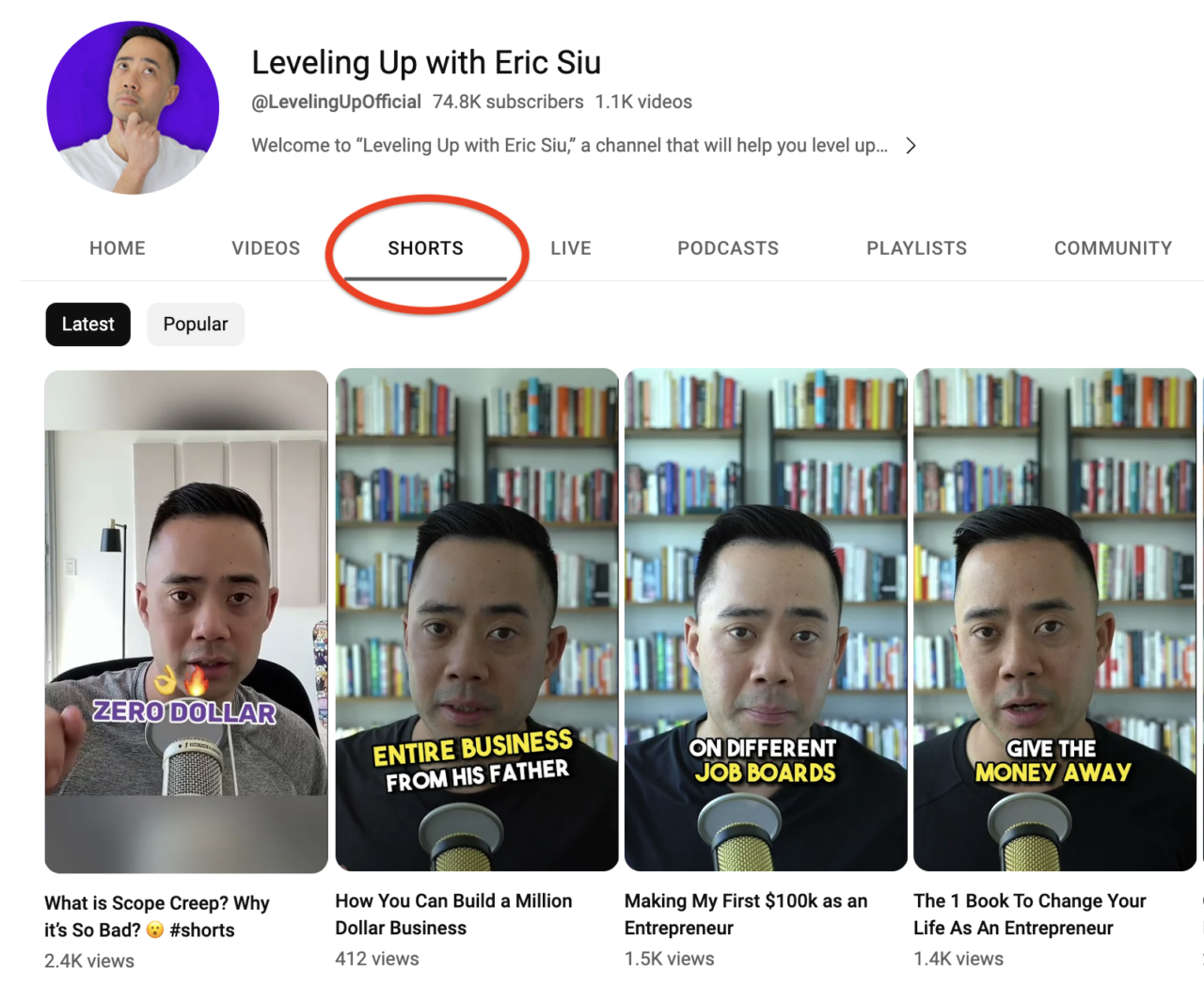Having a sound social media strategy is crucial to amplifying your brand’s voice and connecting with your audience. But creating a compelling, effective strategy is often easier said than done.
In an era of constant online engagement, it’s essential to understand where you might be falling short so that you can expand your online social presence.
Today, we’re going to dive into how to improve your social media game with digital marketing experts Neil Patel and Eric Siu, who open up and share their own challenges and explore strategies that can help us all “unsuck” at social media.
We can count on them to bring new ideas to the table consistently
Identifying Weaknesses in Your Social Media Strategy
The journey to a successful social media strategy begins with acknowledging areas that require improvement. Recognizing your weaknesses might make you feel vulnerable, but it’s an indispensable step in enhancing your overall social media marketing strategy.
Neil admits that at his company there’s room for improvement in their A/B testing on YouTube, regular interaction with followers, and willingness to share more personal content for engagement.
Eric shares similar sentiments, identifying lack of posting velocity and not fully utilizing AI for content creation as areas he would like to strengthen.
These admissions of where their social media strategy needs work set a clear direction for their social media goals and objectives:

Here are a few ways to discover where your social media strategy falls short:
Conduct a Social Media Audit
This comprehensive evaluation helps you understand the performance of your social media accounts and reveals areas where you might be lagging. An audit includes analyzing your posts’ reach, impressions, engagement rate, and overall growth of your social media channels.
Tools such as Sprout Social, Hootsuite, or native analytics offered by platforms like Facebook Insights and Twitter Analytics can assist with this.
Tracking User Engagement
Monitoring user engagement is another vital part of identifying your social media strategy’s weaknesses. Pay close attention to how your audience interacts with your content. Are they liking, commenting and sharing your posts?
If not, your content may not be resonating with them. Use your social platform’s analytics to delve into the demographics of your audience and understand what they want to see:

Reviewing Competitors
Analyzing your competitors’ social media activity can also provide valuable insights. Identify successful strategies they are using that you might not be. Understanding their content strategy, posting schedule, customer engagement tactics, and even their campaign themes can serve as a blueprint to patch up the areas you’re lacking in.
Here’s a quick step-by-step guide on how to analyze your competitors’ social media activity:
- Identify Your Competitors. Make a list of your key competitors – businesses in your industry that are of a similar size, market share or even aspirational brands whose success you aim to emulate.
- Examine Their Social Media Presence. Look at which social media platforms they are using – Facebook, Twitter, Instagram, LinkedIn, TikTok, YouTube? Or are they leveraging more niche platforms relevant to their industry?
- Analyze Their Content. Review the types of content they are posting. Are they focusing on blog posts, infographics, videos, podcasts or a mix of these? Take note of the tone, style and substance of their content. Do they publish more educational content, or do they lean towards entertaining their audience?
- Track Their Engagement. Monitor how their audience is interacting with their content. Look at likes, shares, comments, retweets, and any other forms of engagement. Pay attention to how they engage with their audience – are they prompt and professional in responding to comments or inquiries?
- Assess Their Posting Frequency. How often and when do they post? Are there specific times when they see more engagement? Do they post daily? weekly?
- Review Their Campaigns and Promotions. Keep an eye on any campaigns or promotions they run. How do they structure these campaigns? What kind of offers or deals do they provide? How do their audience respond to these promotions? This can give you ideas for your own campaigns.
- Use Tools for In-Depth Analysis. Use social media analysis tools like Semrush, Sprout Social or BuzzSumo to track competitors’ performance, popular content, keywords, backlinks, and more.
Remember, identifying your social media strategy’s weaknesses is not an admission of failure, but a sign of proactive learning and growth. By addressing these areas, you are one step closer to crafting a compelling and engaging social media strategy that resonates with your audience.
Related Content: 7 Ways to Leverage AI in Social Media Marketing
A/B Testing Thumbnails and Descriptions
For Neil, there are a few areas where he feels his company is lagging a bit.
For one, he doesn’t respond to his direct messages often enough, whether it’s Twitter DMs or whether it’s on Instagram or TikTok. His team logs in and posts on his behalf, but he’s not logging in enough himself to respond to comments and direct messages. But a personal touch always benefits engagement.
He also struggles with his reluctance to share his private life on social media. Opening up his life more could potentially lead to more engagement, but privacy is just too important for him.
For example, his team had a videographer follow him around and they thought the content was amazing and would have gotten much, much more engagement on their social networks. And he agreed. But he just wasn’t willing to let them post it.
Even though this is a great tactic, each person must find their own comfortable limits. If you’re doing something just for the end result but don’t feel right about it, it will show.
Finally, he says that his team doesn’t do enough A/B testing on YouTube with thumbnails and descriptions.
A/B testing, also known as split testing, is a way to compare two versions of a single variable to determine which performs better. When it comes to YouTube, A/B testing can be conducted on elements such as video thumbnails and descriptions.
Here’s an example of how you can perform A/B testing on these elements:
A/B Testing Thumbnails
Thumbnails play a significant role in attracting viewers to your video content. They are the first thing a potential viewer sees when scrolling through YouTube, so they need to be eye-catching and compelling.
70% of the most popular videos, on YouTube have thumbnails with explanatory text on them:

Let’s say you have a YouTube channel focused on fitness tutorials, and you’ve just created a video about “10-minute morning workout routines”. You could create two different thumbnails:
- Thumbnail A: A high-resolution image of you in workout attire, mid-action, with bold text overlay saying “10-Min Morning Workout.”
- Thumbnail B: A close-up image of a stopwatch showing 10 minutes, with text overlay saying “Boost Your Morning in 10 Mins!”
You would then split your audience and present 50% of them with Thumbnail A and the other 50% with Thumbnail B. After a predetermined period, you’d measure which thumbnail generated more views and higher click-through rates.
Related Content: How to Run A/B Tests that Actually Increase Conversions
A/B Testing Descriptions
Video descriptions help YouTube’s algorithm understand the context of your video and can aid in SEO optimization because it gives the algorithm more of a chance to crawl the video. They also provide viewers with additional information and can direct them to other relevant content or links.
Because the first few lines appear under the title, make the first 100 characters really count!
Let’s use the same video for this example. You could draft two different descriptions:
- Description A: “Kickstart your day with this energizing 10-minute workout routine! No equipment needed, just your determination. Perfect for beginners and those short on time but still want to stay fit. Remember, consistency is key in fitness. Follow along and let’s get fit together!”
- Description B: “Want to feel energized and ready to take on the day? Try this quick 10-minute morning workout routine. It’s designed for all fitness levels and requires no special equipment. Let’s make fitness a part of our daily routine. Join me now, and let’s get moving!”
Similar to the thumbnails, you’d expose each description to half of your audience and then analyze which description results in longer watch times, more likes, comments, shares, and so forth.
Boosting Posting Velocity and Leveraging AI
Eric says that if he were to simplify it all, he’d emphasize the importance of consistency and velocity.
By maintaining these two factors, you’ll start to learn more about what engages your audience, leading to better test results and improvements. However, do remember that quality is just as important as quantity, and generating quality content consistently is something we all need to work towards.
For Eric, it especially boils down to posting velocity, which is a key aspect of an effective social media strategy. For him this means he needs to be posting at least:
- 2-3 Reels a day on his Instagram
- TikToks a couple of times a day
- YouTube shorts a couple of times a day

These are all currently trending features/platforms which can significantly increase audience engagement.
However, for most people or smaller businesses, matching the desired content velocity is a challenge due to limited human resources. You want to leverage the full potential of every platform, but to do so regularly takes a dedicated team.
He thinks this is going to change. In the next year or two, we’ll have an AI tool for content creation that is specifically for social media. It’ll identify top content spots, come up with headlines, a thumbnail and the captioning on its own, and it’ll just spit stuff out as fast as you want it to. Obviously, part of the scaling game is quality, but quantity is key, too.
This efficient use of AI can significantly scale up your social media posting capabilities and drive traffic to your website, especially for small businesses that are often strapped for resources.
Related Content: AI for Marketing: Best Examples of How AI Helps in Advertising
Experimentation: The Key to Success
If there’s one social media tip that stands out, it’s experimentation.
Neil reminds us that there’s not one definitive factor that determines success on social media for everyone. There’s no guaranteed formula that if you post X, you’ll get Y result. What works for your competition might not work for you, hence it’s all about experimentation.
The key to avoiding a monotonous social media strategy and truly standing out lies in trying out different types of content, formats and timings. Don’t be afraid to try out unique and off-the-wall stuff to get hits. Study what works for others and then run tests to see if it works for your brand. Being afraid of judgment as you test different posts is not going to help you improve.
The key to a vibrant social media strategy often lies in its diversity. Here are a few examples of unique and engaging strategies to consider trying:
- Interactive Content. Polls, quizzes and contests encourage your audience to actively participate rather than passively consume. For instance, you could run a contest on Instagram where followers have to share your post in their story or tag a friend in the comments to enter.
- Behind-the-Scenes Access. Give your audience an insider’s look into your business. You could share behind-the-scenes videos or pictures of your team working on a project or participating in a team-building activity.
- User-Generated Content. Encourage your followers to share their own content related to your brand or products. For example, you could ask your customers to post pictures of themselves using your products and tag your brand in their post.
- Instagram Reels and TikTok Videos. If you haven’t already, it might be time to jump on the short-form video content bandwagon. Platforms like Instagram and TikTok make it easy to create and share engaging video content. These platforms also prioritize this type of content, meaning it’s more likely to get seen by a wider audience.
- Collaborations. Collaborate with other brands or influencers in your industry. This can be an effective way to reach new audiences. For instance, you could host an Instagram Live session where you chat with an influencer in your industry about a relevant topic.
Remember, the purpose of experimenting with your social media strategy is to find what resonates with your audience. What works for one brand might not work for yours. So, don’t be afraid to try new things, analyze the results, and adjust your strategy accordingly.
Related Content: How to Make Your Content Stand Out When Everyone Is Using AI
Being Authentic and Enjoyable
Last but not least, remember to enjoy the process! Don’t just create content because you know you have to. It should be a process that you enjoy and have fun with because it shows in your work.
So, don’t merely create content for the sake of it. Enjoy the process, be creative, and most importantly, be yourself. Your followers will appreciate your authenticity, which in turn will lead to higher engagement rates.
Conclusion: How to Unsuck at Social Media
Refining your social media strategy requires identifying your weaknesses, leveraging technology, maintaining consistency and velocity, and being authentic. This is not an overnight process, but with dedication and the right strategy, you can certainly amplify your online presence and meet your business goals.
If you’re ready to level up your social media strategy, Single Grain’s social media marketing experts can help!👇
Repurposed from the Marketing School podcast.


